If you’ve ever been to a haunted house, you know that the atmosphere matters as much as the thrills themselves. A skeleton popping out of a closet is much more terrifying if you’ve just walked down a long, creaky corridor, with portraits on the wall quietly watching your every move.
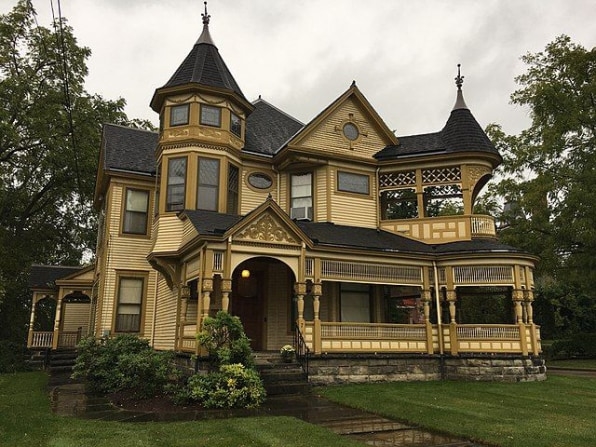
Which makes these images of an AI-generated haunted house by Janelle Shane, founder of the popular website AI Weirdness, so disconcerting. They’re certainly scary, but not for the reasons you might expect.
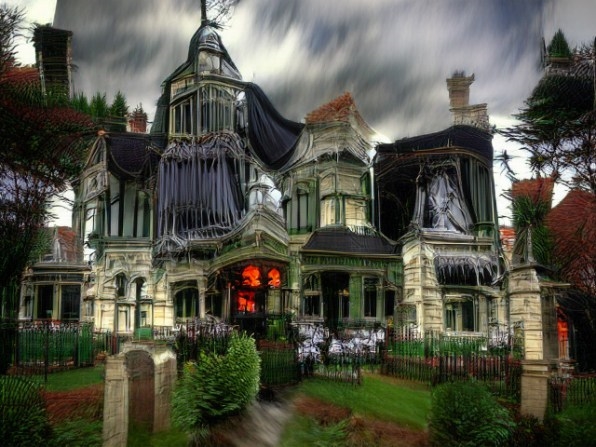
Shane trained an AI model to transform a stately 1894 Victorian mansion in Bedford, Ohio, into a haunted house. The AI is called CLIP, and it looks at pictures on the Internet, plus text that people use to describe the images. “From this, it learned to rate how well an image matches a phrase,” Shane says. “Then, I used its feedback to help modify a picture of a house so that it would better match a phrase like ‘a haunted Victorian house.’” It was the latest in a long line of machine learning experiments Shane has undertaken to demonstrate how strange—and often downright wrong—AI can be.
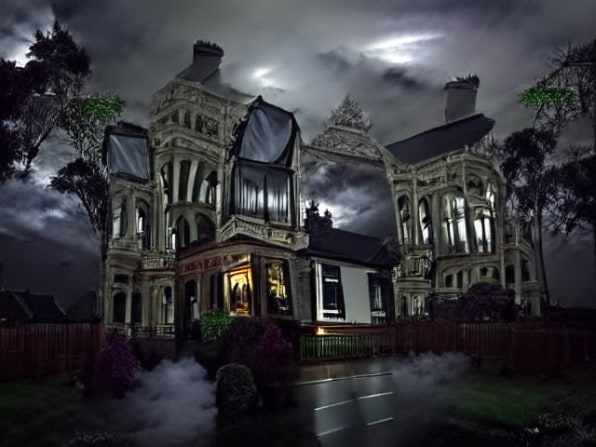
You can see the results here. The sky blurs and darkens, walls turn to stone, and splotches of red (blood? fire?) hover on the ground floor. Instruct the model to incorporate “dramatic atmospheric night photography,” and the house looks even more demented, warping every which way, as if some evil spirit is squeezing the life out of it.
But examine the image more closely, and the illusion starts to falter. Why is there a small modern house inserted in the middle of the Victorian? Why are the turrets now cute little chimneys?
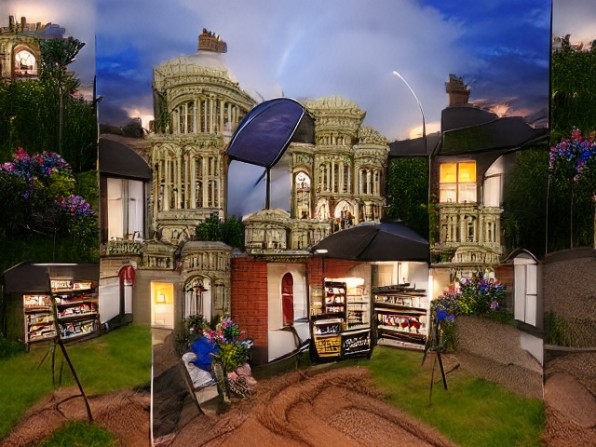
The AI’s nonsensical decisions became even more apparent when Shane tried to de-haunt the house. “The interface I’m using lets me assign negative weights to things, so I can actually subtract ‘haunted’ from the house I’m trying to make,” she writes in a blog post about the experiment.

That produces what is by far the creepiest image: a flower-laden baseball diamond-turned-office park that’s like the American Dream gone full Ken Kesey. It might not invoke the spookiness of a haunted Victorian, but it’s a bone-chilling portrait in its own right, illustrating how flawed artificial intelligence can be. “All the AI’s changes tend to make the house make less sense,” Shane says. “That’s because it’s easier for it to look at tiny details like mist than the big picture like how a house fits together. In a lot of what AI does, it’s working on the level of surface details rather than deeper meaning.”
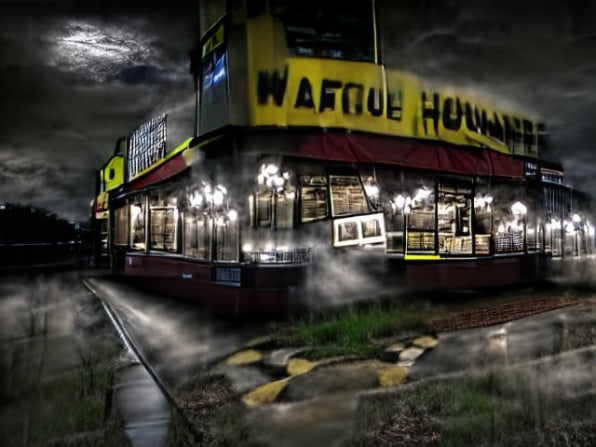
Broaden that to arenas where AI informs major decisions, like policing, consumer lending, and hiring, and you have a frightening scene indeed.
(75)